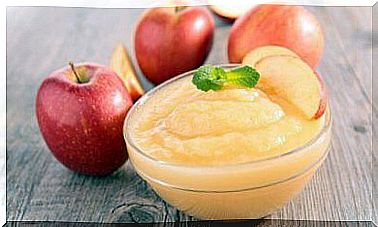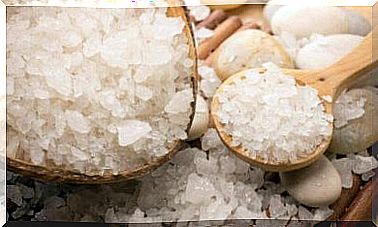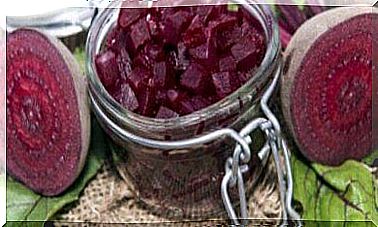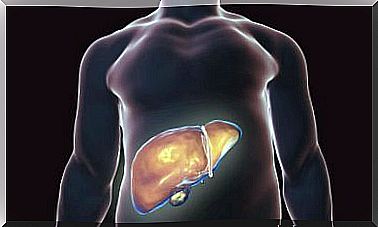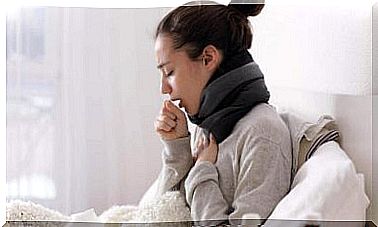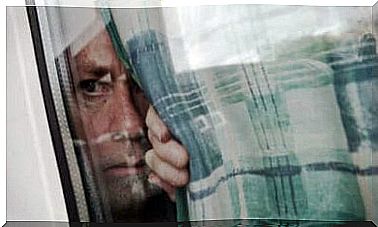What Does The Color Blue Mean In Psychology?
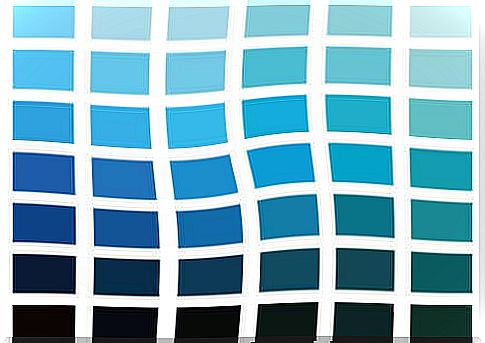
Did you know that colors affect our state of mind and emotions? Each shade can create many different and even contradictory effects, depending on the context. In this article, we discuss the different emotional states that blue can evoke in us according to psychology. So if you want to know what the color blue means in psychology, keep reading!
Sociologist and psychologist Eva Heller, an expert in color psychology, found that blue is generally the favorite color of many. It’s hard to find someone who shouldn’t like it! This is because we subconsciously tend to perceive many different positive qualities in it, including trust, loyalty, sympathy, serenity, and rationality.
Let’s take a closer look at this.
What does the color blue mean in psychology?
The color blue is often associated with water (especially the sea) and the sky. These associations make it a symbol of peace and serenity, especially when the shades are light, such as light blue.
It is also one of those colors that is most associated with the ability to control. The characteristics it conveys tend to include tolerance, introspection, and understanding.
Blue is also associated with trust, caring for others, credibility, power, seriousness, creativity, physical energy, cordiality, and technological advancement.
In the light of all these positive connotations, many have adopted the color blue to convey these feelings. We can mention, for example, the following:
- The uniforms of the security forces inspire confidence and seriousness.
- In political campaigns, blue creates a sense of authority, credibility and peace.
- Banks, insurance companies and pharmaceutical companies are trying to convey security, trust and care in blue.
- In marketing, its purpose is to influence consumer buying behavior.
Experts have found that blue is an ideal color in the marketing of diet foods or kitchen decor because it helps curb appetite and thus eat less. The reason is that this color is usually quite unusual in foods.
Blue is also associated with negative traits such as sadness, depression, and longing. This may be due to its contrast with warm colors.
According to color psychology, blue is the coldest color, based on our experience of low temperatures. The skin turns bluish in the cold, and ice and snow are also combined with shades of blue.

The meaning of different shades of blue
According to Eva Heller, there are 111 shades of blue, but only 23 of them have a special psychological significance. Here are the most common shades of blue and the meaning they are usually thought of.
Light blue or sky blue
This tone is associated with serenity, serenity, protection and generosity. Lighter shades are usually associated with reminiscences, introspection, and communication with oneself.
Thus, they are ideally suited to promote relaxation and concentration. They are often recommended for bedrooms to combat insomnia.
Dark blue
Dark blue is associated with truth, reasonableness, stability, order, and seriousness. This color is very common in police or security uniforms.
Navy blue
This tone is often associated with faithfulness, commitment, infinity, holiness, and royalty. This may be because the night sky where the gods dwell is seen as navy blue. It was also widely used by pharaohs and virgins.
On the other hand, it is also associated with sophistication and economic power. In the past, it represented high quality because it was difficult to manufacture, which made it expensive. Today, this color is used a lot in the manufacture of stylish suits.
Navy blue also evokes feelings of calm and relaxation, as it is reminiscent of the depths of the sea.
Turquoise blue
Turquoise blue is located somewhere between blue and green, meaning it conveys the qualities of both colors, such as serenity and growth. It is also combined with clear mind, creativity, introspection, balance and emotion management.
If you are starting a creative project, you can decorate the spaces in this tone. This way, inspiration and creativity flow better.

What does the color blue mean in other cultures
It is important to keep in mind that the meaning of blue may vary from culture to culture. Remember that its impact on us also largely depends on the context.
For example, the Chinese sometimes resent the color blue because they associate it with pornography. This is because in China, these films are often referred to as “blue films”. In Belgium, blue is often the color of girls. In South Korea, this color, in turn, is associated with death, meaning it is a sad tone for Koreans.
